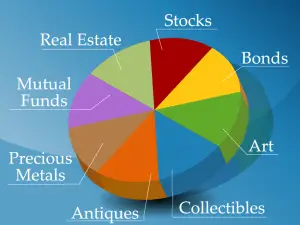
Financial planning and budgeting are essential for managing money effectively and achieving financial stability. While they are closely related, they serve different purposes:
Financial Planning
Financial planning is a long-term strategy that helps individuals and businesses set financial goals and create a roadmap to achieve them. It includes:
- Retirement Planning – Ensuring financial security for later years.
- Investment Strategy – Choosing assets that align with risk tolerance and goals.
- Debt Management – Creating a plan to reduce and eliminate debt.
- Tax Planning – Maximizing tax benefits and minimizing liabilities.
- Estate Planning – Preparing for wealth transfer and inheritance.
Budgeting
Budgeting is a short-term financial tool that focuses on managing income and expenses. It involves:
- Tracking Income & Expenses – Understanding where money is coming from and going.
- Setting Spending Limits – Allocating funds for necessities and discretionary spending.
- Saving & Emergency Funds – Ensuring financial security for unexpected events.
- Debt Repayment – Prioritizing payments to reduce financial burdens.
Key Differences
| Aspect | Financial Planning | Budgeting |
|---|---|---|
| Timeframe | Long-term | Short-term |
| Focus | Wealth growth & security | Expense management |
| Scope | Investments, retirement, taxes | Monthly spending, savings |
| Flexibility | Adjusts over time | Fixed for a set period |
How to Get Started
- Define Your Financial Goals – Short-term (vacation, debt repayment) vs. long-term (retirement, home purchase).
- Create a Budget – Track income and expenses to ensure financial discipline.
- Build an Emergency Fund – Save at least 3–6 months’ worth of expenses.
- Invest Wisely – Choose assets that align with your risk tolerance.
- Review & Adjust Regularly – Financial plans and budgets should evolve with life changes.



